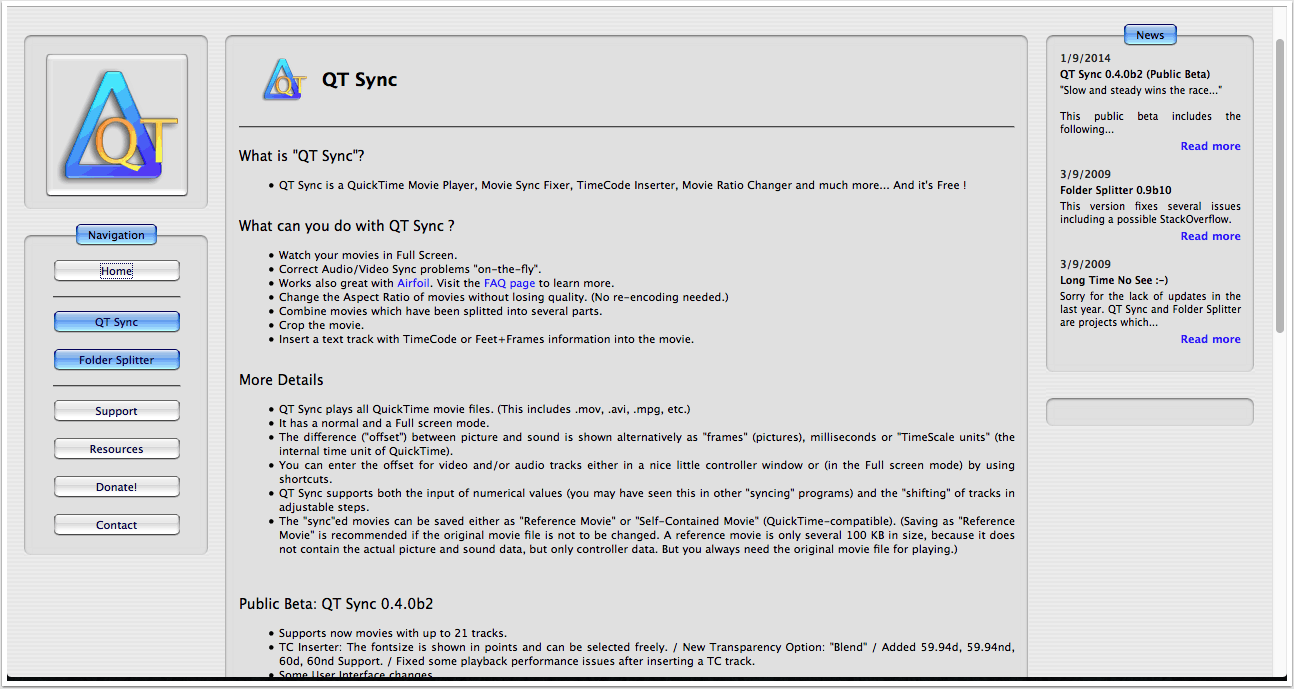


If a key cannot be found in the first location, the search goes on in the second location, and so on. (See Platform-Specific Notes below for information on what these locations are on the different platforms supported by Qt.) a system-wide location for all applications by MySoft.a system-wide location for the Star Runner application.a user-specific location for all applications by MySoft.a user-specific location for the Star Runner application.When you look up a value, up to four locations are searched in that order: Let's assume that you have created a QSettings object with the organization name MySoft and the application name Star Runner. See beginReadArray() and beginWriteArray() for details. In addition to groups, QSettings also supports an "array" concept. If a group is set using beginGroup(), the behavior of most functions changes consequently. setValue( "visible", panel - >isVisible()) setValue( "fullScreen", win - >isFullScreen()) You can form hierarchical keys using the '/' character as a separator, similar to Unix file paths.
#Qt sync for windows windows
On windows '\' are converted by QSettings to '/', which makes them identical. Do not use slashes ('/' and '\') in section or key names the backslash character is used to separate sub keys (see below).For example, if you have a key called " MainWindow", don't try to save another key as "mainwindow". Avoid key names that are identical except for the case.For example, if you refer to a key as "text fonts" in one place in your code, don't refer to it as "Text Fonts" somewhere else. Always refer to the same key using the same case.To avoid portability problems, follow these simple rules: The Windows registry and INI files use case-insensitive keys, whereas the CFPreferences API on macOS and iOS uses case-sensitive keys. Setting keys can contain any Unicode characters. setValue( "DataPump/bgcolor", color) Ĭustom types registered using qRegisterMetaType() and qRegisterMetaTypeStreamOperators() can be stored using QSettings. QSettings settings( "MySoft", "Star Runner") For example, if your product is called Star Runner and your company is called MySoft, you would construct the QSettings object as follows: When creating a QSettings object, you must pass the name of your company or organization as well as the name of your application. If all you need is a non-persistent memory-based structure, consider using QMap instead.

QSettings's API is based on QVariant, allowing you to save most value-based types, such as QString, QRect, and QImage, with the minimum of effort.
#Qt sync for windows portable
QSettings is an abstraction around these technologies, enabling you to save and restore application settings in a portable manner. On Unix systems, in the absence of a standard, many applications (including the KDE applications) use INI text files. This information is often stored in the system registry on Windows, and in property list files on macOS and iOS. Users normally expect an application to remember its settings (window sizes and positions, options, etc.) across sessions. Value(const QString & key, const QVariant & defaultValue = QVariant()) const SetValue(const QString & key, const QVariant & value) QSettings(const QString & organization, const QString & application = QString(), QObject * parent = nullptr)īeginWriteArray(const QString & prefix, int size = -1) QSettings(QSettings::Scope scope, const QString & organization, const QString & application = QString(), QObject * parent = nullptr) QSettings(QSettings::Format format, QSettings::Scope scope, const QString & organization, const QString & application = QString(), QObject * parent = nullptr) QSettings(const QString & fileName, QSettings::Format format, QObject * parent = nullptr) QSettings(QSettings::Scope scope, QObject * parent = nullptr)


 0 kommentar(er)
0 kommentar(er)
